Der härteste Stein der Welt
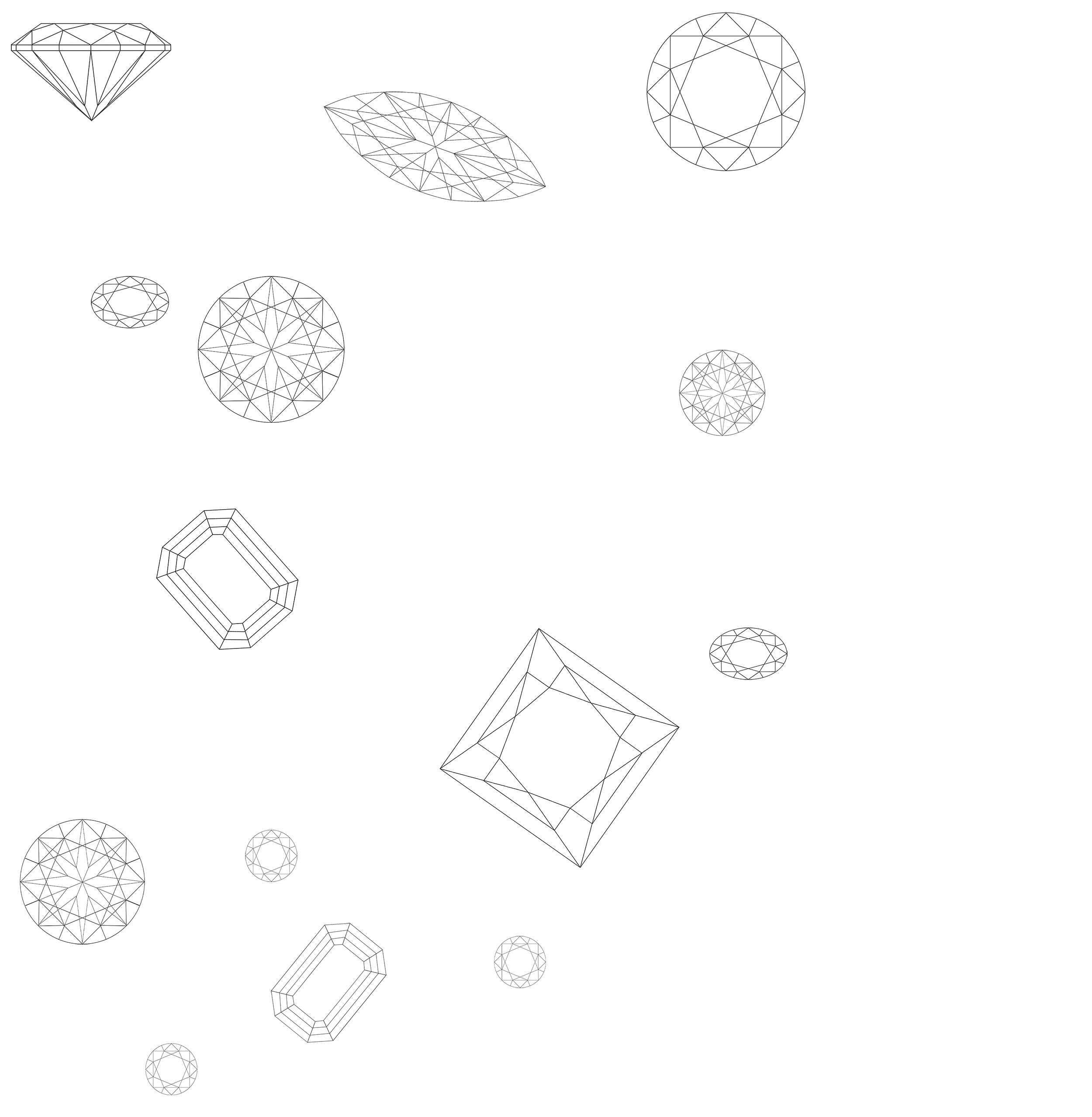
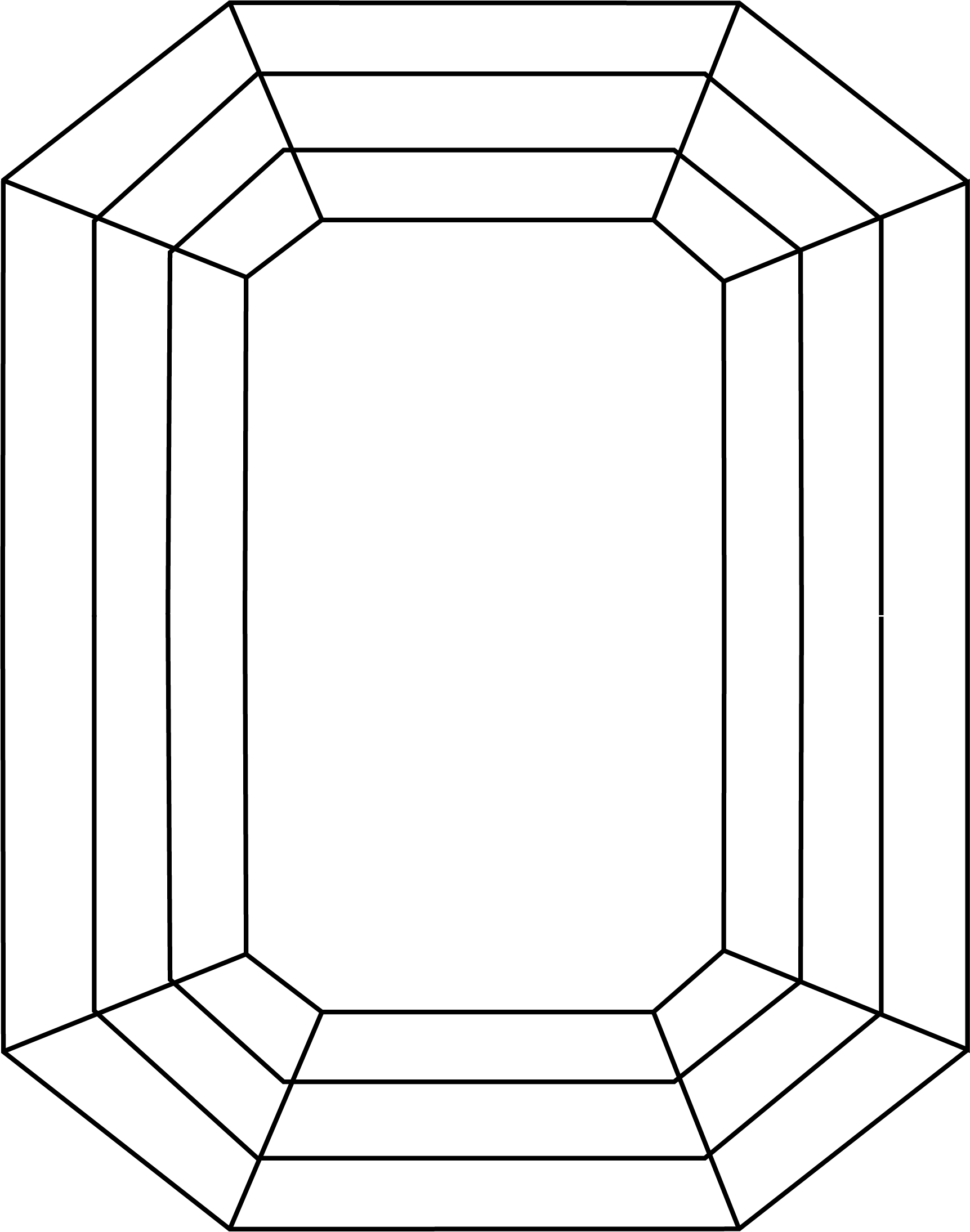
Diamant: Der härteste Stein der Welt
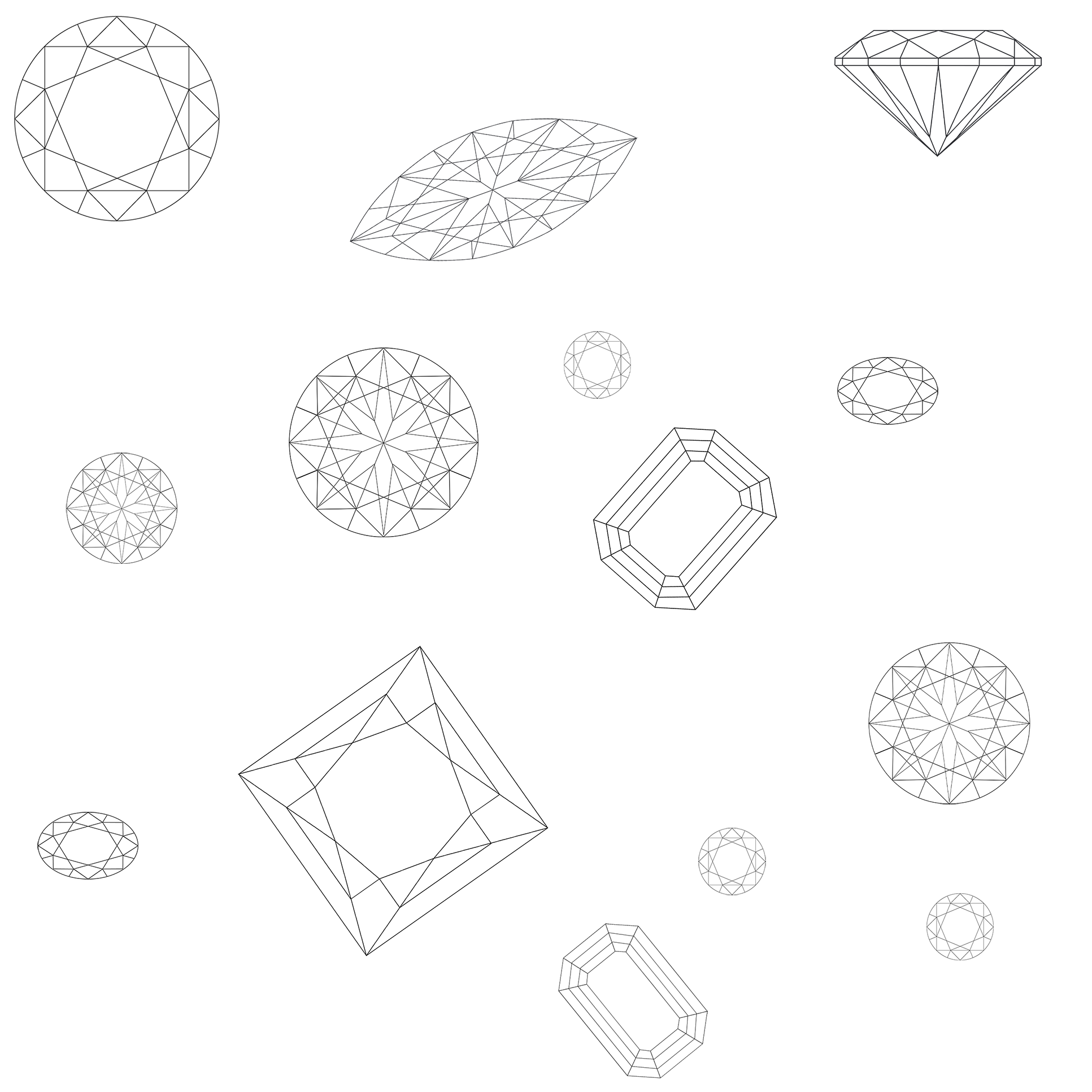
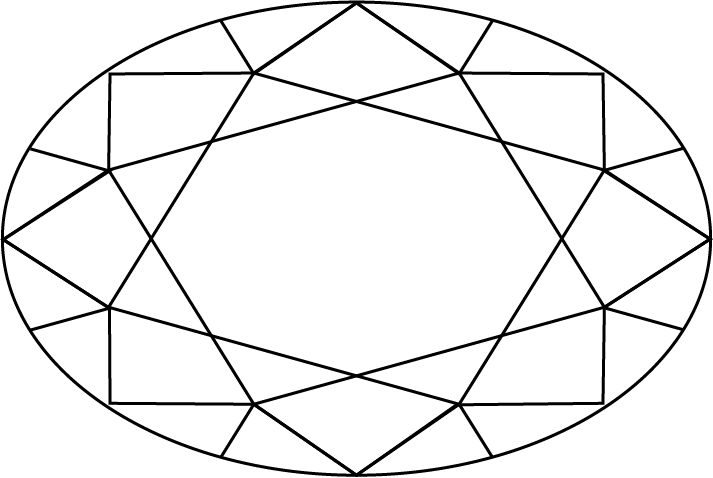
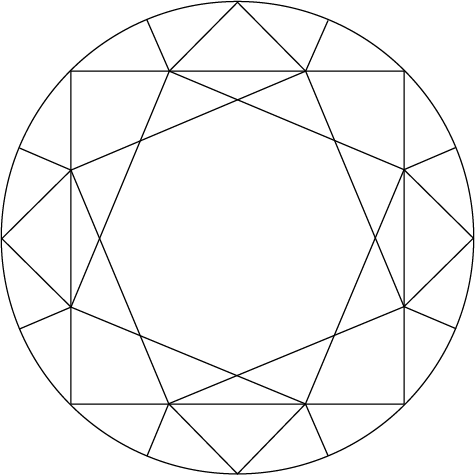
the hardest stone in the world
One of the projects that is always particularly enjoyable, but also a special challenge, is the annual Momentum for Juwelier Zimmer. This time the focus was on the finest stones in the world - and therefore also the hardest. Part of this year's content and the necessary research was an interview with Christian Berg, a diamond cutter from Idar-Oberstein.
Questions to Christian Berg, diamond cutter and owner of the Diamantfabrik
WHEN IS THE BRILLANT SLEEVE AS WE KNOW IT TODAY APPLIED AND WHEN DOES IT ALWAYS FIND AN 8-CORNER AS THE BASIC FORM?
well, the brilliant as it is cut today was determined in 1938 by a Mr. Eppler in experiments. He found out in many tests how brilliance is greatest and refraction is most ideal. This is the basis for the so-called "fine cut of the practice" and the evaluation whether the cut was excellent, very good or only well executed. The stone is octagonal because a diamond is created in the cubic crystal system - the typical shape is therefore a cube or an octahedron - thus creating this octagonal symmetry.
THE DIAMOND, IS THE HARDEST MATERIAL IN THE WORLD - WHY IS IT CUT?
we can only cut diamond with diamond - so the stone and the tool have the same hardness; the fact that it still works is due to the "hardness anisotropy". Depending on the direction, the diamond is of different hardness. We only have to "read" the rough diamond correctly to grind the facet where we want it to be. Usually there is only one direction in which the material can be removed.
HOW MANY AND WHAT WORKING STEPS DOES IT NEED UNTIL THE STONE REALLY SPERKLES?
With diamonds - which most people have in mind when they think of diamonds - there are three working steps: The stone must be split or sawn. Then we have the rubbing, where the stone gets its round shape, a step that only occurs with diamonds. Then the actual grinding process begins. Here, grinding and polishing is one step and facet follows facet until all 57 facets are finished, because we have nothing coarser or finer to grind... But there is still an aid to protect the finished facet from scratches or dust.
HOW MANY FACETS DOES A CLASSIC BRILLIANT CUT NORMALLY HAVE?
If you look at it closely a brilliant 56 plus one face. 56, because logically everything must be divisible by 8 - plus the table. That means a brilliant cut always has 57 facets - only then the diamond can call itself a brilliant. No matter how big the stone is.
IS THE ARRANGEMENT OF THE FACETS MARKED ON THE STONE BEFOREHAND?
No, so that makes the experience, a good eye and sensitivity. When I take a rough diamond in my hand, I already have the finished result in mind. I can see immediately where the face - that is, the tablet must be placed so that we have to take away as little as possible. There are no markings or anything like that.
HOW MANY PERCENT OF THE ANNUAL SURPLUSED DIAMONDS ACTUALLY GETS INTO THE JEWELLERY PRODUCTION
This of course varies from year to year. But I estimate that only about 20% of the diamonds mined worldwide are suitable for jewelry. The rest goes into the industry.
CAN THE CUTTING WASTE BE RECYCLED?
Diamond is pure carbon, crystallized by enormously high temperature and pressure. What we remove is then pure coal dust again. This can be found as a fine film on all surfaces. That means that diamond cutting is also a dirty job.
WHERE IS THE SPECIAL REIZATION OF YOUR PROFESSIONAL?
I grew up with diamonds and I am happy about it. I like my job. It's a great feeling - it also brings enormous fascination to create a sparkling little gem out of an inconspicuous piece of stone that you might not even pick up from the ground, with the fire that distinguishes the diamond from all other gemstones. It's just beautiful.
Eines der Projekte, das immer wieder besonders Freude macht, aber auch eine besondere Herausforderung ist, ist das jährlich erscheinende Momentum für Juwelier Zimmer. Diesmal ging es um die edelsten Steine der Welt - und somit auch um die härtesten. Teil des diesmaligen Inhalts und der dafür notwendigen Recherche war es auch ein Interview mit Christian Berg, einem Diamantschleifer aus Idar-Oberstein zu führen.
©copyright: Diamantfabrik Paul Berg
8 Fragen an Christian Berg,
Diamantschleifer und Inhaber der Diamantfabrik
SEIT WANN WIRD DER BRILLANTSCHLIFF SO WIE WIR IHN HEUTE KENNEN ANGEWENDET UND WESHALB FINDET SICH IMMER EIN 8-ECK ALS GRUNDFORM?
Also, der Brillant, wie er heute geschliffen wird, das wurde 1938 von den Herren Eppler undKlüppelberg in Versuchen bestimmt. Sie haben in Tests herausgefunden, wie die Brillanz am größten und die Lichtbrechung am idealsten ist. Das ist die Grundlage für den sog. „Feinschliff der Praxis“ und für die Bewertung ob der Schliff exzellent, sehr gut oder nur gut ausgeführt wurde.
Der Stein ist 8-eckig, weil ein Diamant im kubischen Kristallsystem entsteht – die typische Form ist also ein Würfel oder ein Oktaeder. Dadurch entsteht diese 8-eckige Symmetrie.
DER DIAMANT, IST DAS HÄRTESTE MATERIAL DER
WELT - WOMIT WIRD ES GESCHLIFFEN?
Wir können Diamant nur mit Diamant schleifen – somit haben der Stein und das Werkzeug die gleiche Härte. Dass es trotzdem funktioniert, liegt an der „Härteanisotropie“. Je nach Richtung ist der Diamant unterschiedlich hart.
Wir müssen den Rohdiamanten nur richtig „lesen“, um die Facette da zu schleifen, wo wir sie haben wollen. Meist gibt es nur eine Schleifrichtung, in der sich das Material abtragen läßt.
WIE VIELE UND WELCHE ARBEITSCHRITTE BRAUCHT ES BIS DER STEIN SO RICHTIG FUNKELT?
Beim Brillanten, den die meisten vor Augen haben, wenn Sie an Diamanten denken, sind es drei Arbeitsschritte:
Der Stein muss gespalten oder gesägt werden.
Dann haben wir das „Reiben“, da bekommt der Stein seine runde Form, ein Schritt, der nur beim Brillanten vorkommt.
Zuletzt beginnt der eigentliche Schleifprozess. Hier ist Schleifen und Polieren ein Arbeitsgang und Facette folgt auf Facette, bis alle 57 Facetten fertig sind, da wir ja nichts Gröberes oder Feineres zum Schleifen haben ... Ein Hilfsmittel gibt es jedoch noch, um die fertige Facette vor Kratzern oder Staub beim Schleifen zu schützen.
WIE VIELE FACETTEN HAT EIN KLASSISCHER BRILLANTSCHLIFF NORMALERWEISE?
Wenn man es genau nimmt, hat ein Brillant 56 plus eine Fläche. 56, weil ja logischerweise alles durch 8 teilbar sein muss – plus die Tafel. Das heißt ein Brillantschliff hat immer 57 Facetten - nur dann darf der Diamant sich Brillant nennen. Egal wie groß oder klein der Stein ist.
WIRD DIE ANORDUNG DER FACETTEN VORHER AUF DEM STEIN MARKIERT?
Nein, also das macht die Erfahrung, ein gutes Auge und Fingerspitzengefühl. Wenn ich einen Rohdiamanten in die Hand nehme, habe ich schon das fertige Ergebnis vor Augen. Ich sehe sofort, wo das Gesicht – also die Tafel – hin muss, damit wir sowenig wie möglich wegnehmen müssen. Markierungen oder so gibt es hierfür nicht.
WIE VIEL PROZENT DER JÄHRLICH GESCHÜRFTEN
DIAMANTEN GEHT DANN AUCH TATSÄCHLICH IN DIE SCHMUCKPRODUKTION?
Das variiert natürlich von Jahr zu Jahr. Aber ich schätze, nur ca. 20% der weltweit geschürften Diamanten sind für Schmuck geeignet. Der Rest wandert in die Industrie.
KANN DER SCHLEIFABFALL RECYCELT WERDEN?
Diamant ist ja reiner Kohlenstoff, kristallisiert durch enorm hohe Temperatur und Druck.
Was wir abtragen, ist dann wieder reiner Kohlenstaub. Der findet sich anschließend als feiner Film auf allen Flächen. Das heißt, Diamantschleifen ist auch ein schmutziges Handwerk...
WORIN BESTEHT FÜR SIE DER BESONDERE REIZ IHRES BERUFES?
Ich bin ja mit Diamanten aufgewachsen, und ich bin glücklich darüber. Ich übe meinen Beruf gerne aus. Es ist ein tolles Gefühl – auch bringt es enorme Faszination mit sich, aus einem unscheinbaren Stück Stein, den Sie vielleicht nicht mal vom Boden aufheben würden, ein funkelndes kleines Kleinod herzustellen, mit dem Feuer, das den Diamant von allen anderen Edelsteinen unterscheidet. Das ist einfach schön.
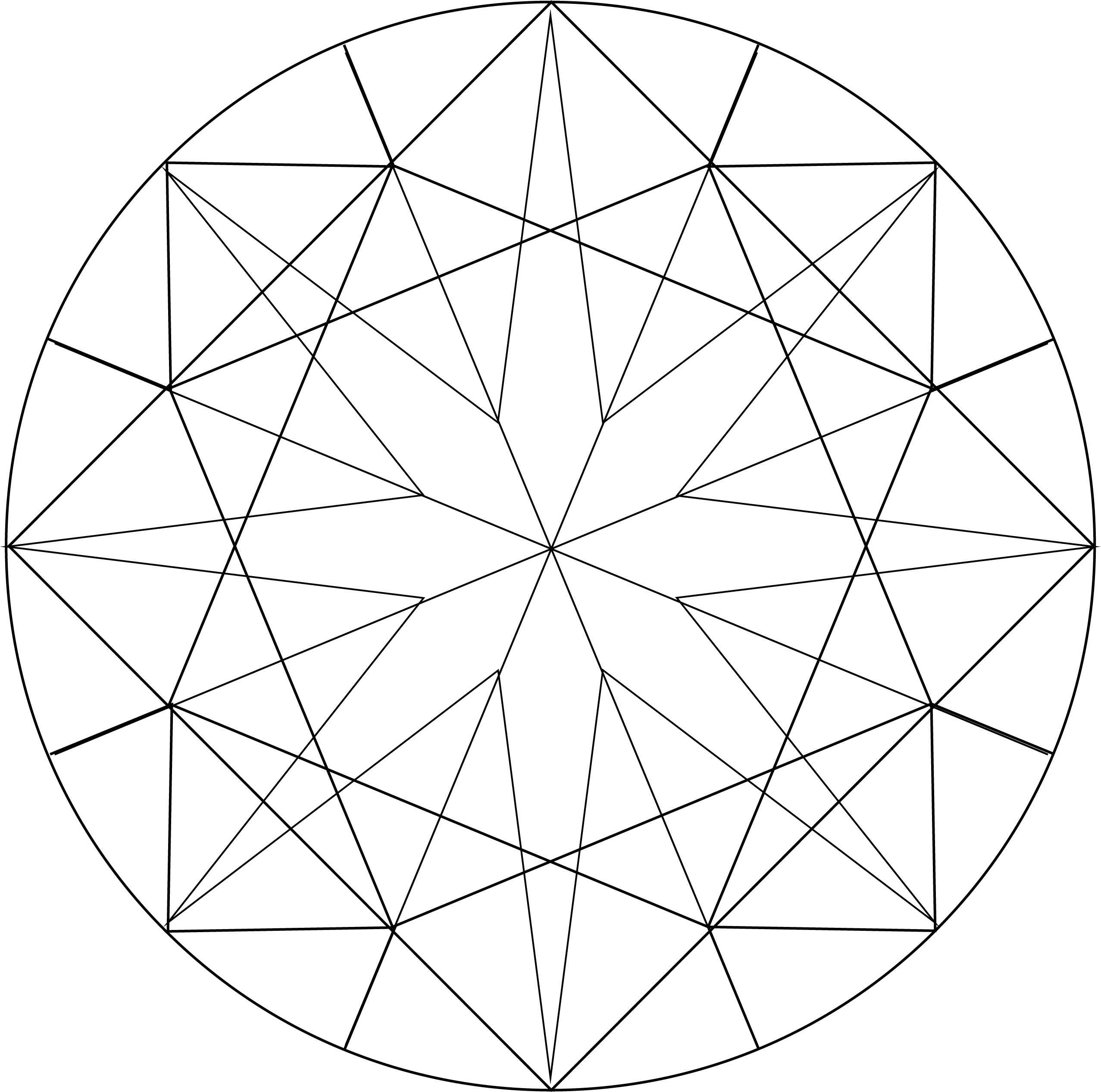
Der ungschliffene O-Ton:










